The harsh and unforgiving environments of the Earth's polar regions present one of the greatest challenges to human survival. For scientists and researchers conducting expeditions in these frozen landscapes, maintaining body heat isn't just a matter of comfort—it's a critical factor for survival. Modern polar expedition suits are marvels of engineering, designed to withstand temperatures that can plummet to -50°C or lower while allowing the wearer to move freely and perform complex tasks. The evolution of these suits reflects decades of scientific research, material innovation, and real-world testing in the most extreme conditions on our planet.
Understanding the enemy: Cold in polar regions isn't just about low temperatures. The combination of freezing air, often accompanied by strong winds, creates a perfect storm for heat loss. What makes polar cold particularly dangerous is its ability to strip heat from the body through multiple mechanisms simultaneously. Conductive heat transfer occurs when the body comes into contact with snow or ice, while convective losses happen as wind carries away the thin layer of warm air surrounding the body. Radiative cooling, though less obvious, constantly drains body heat to the vast, cold surroundings. Modern thermal protection systems must address all these pathways of heat loss to keep researchers safe during prolonged exposure.
The core principle behind effective polar clothing systems lies in creating and maintaining dead air spaces. Still air is an excellent insulator, and high-performance expedition suits utilize this principle through sophisticated layering systems. The base layer, worn next to skin, focuses on moisture management—wicking sweat away to prevent evaporative cooling. Mid-layers provide the primary insulation through materials like advanced synthetic fibers or down clusters that trap air. The outer shell serves as a protective barrier against wind and moisture while allowing perspiration to escape. This combination creates a microclimate around the wearer's body that can maintain comfortable temperatures despite external conditions.
Material science breakthroughs have revolutionized polar gear in recent decades. Traditional materials like goose down have been supplemented or replaced by advanced synthetics that maintain insulation properties even when wet. Aerogels, originally developed for space applications, now find their way into expedition suits, providing exceptional insulation with minimal weight and bulk. Phase change materials, which absorb or release heat at specific temperatures, help regulate body temperature during varying activity levels. Even the outer fabrics have seen remarkable advances, with membranes that are simultaneously waterproof, windproof, and breathable—a combination that was unimaginable just thirty years ago.
The human factor plays an equally crucial role in thermal protection. Ergonomic design ensures that insulation isn't compromised by movement, with articulated joints and strategic placement of insulation to account for the body's natural heat patterns. Areas with high blood flow like the chest and major arteries receive extra protection, while ventilation zones help dump excess heat during strenuous activity. Modern suits incorporate adjustable features that allow researchers to fine-tune their insulation as conditions change—critical when moving between sheltered stations and open ice fields.
Power-assisted heating represents the cutting edge of polar thermal technology. While traditional insulation remains the backbone of cold protection, integrated heating elements powered by lightweight batteries provide additional safety margins. These systems, often concentrated in gloves and boots where frostbite risk is highest, can mean the difference between losing fingers and completing a critical research mission. Some experimental suits even incorporate thermoelectric systems that can generate power from body heat differentials, creating self-sustaining heating circuits.
The future of polar thermal protection may lie in biomimicry—learning from Arctic and Antarctic wildlife. Scientists study how penguins maintain their core temperature while swimming in freezing waters, or how polar bear fur creates such effective insulation. These natural systems, refined by millions of years of evolution, inspire new approaches to human thermal protection. Some research focuses on replicating the microstructure of polar bear hair, which scatters infrared radiation while providing excellent insulation. Others look at the vascular adaptations of marine mammals that prevent heat loss in extremities.
As climate change alters polar environments, expedition suits must adapt to new challenges. Researchers increasingly encounter mixed conditions where waterproofing becomes as important as insulation, with freezing rain becoming more common in previously stable cold regions. At the same time, the scientific community's growing emphasis on mobility and dexterity drives development of more flexible, less bulky solutions without compromising protection. The next generation of polar suits may incorporate smart materials that actively respond to environmental changes, adjusting their insulating properties as needed.
Behind every stitch of a modern polar expedition suit lies countless hours of research, testing, and real-world validation. These technological marvels don't just keep scientists alive in impossible conditions—they enable discoveries that expand our understanding of the planet's most remote ecosystems. From the molecular structure of advanced fabrics to the macro-engineering of entire garment systems, thermal protection for polar research represents one of the most practical applications of materials science, serving humanity's quest for knowledge at the extremes of our world.
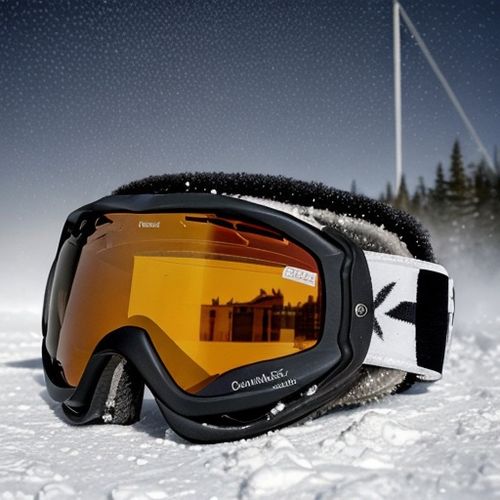
By Natalie Campbell/Apr 27, 2025

By Emma Thompson/Apr 27, 2025
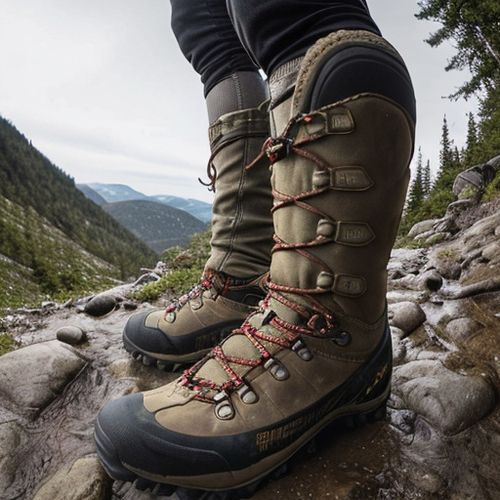
By George Bailey/Apr 27, 2025

By William Miller/Apr 27, 2025

By James Moore/Apr 27, 2025

By Lily Simpson/Apr 27, 2025
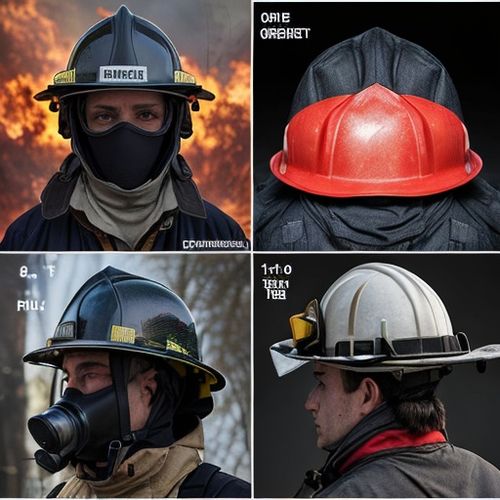
By Elizabeth Taylor/Apr 27, 2025
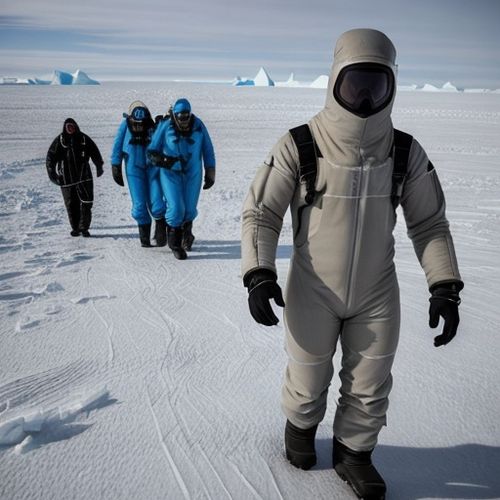
By Benjamin Evans/Apr 27, 2025
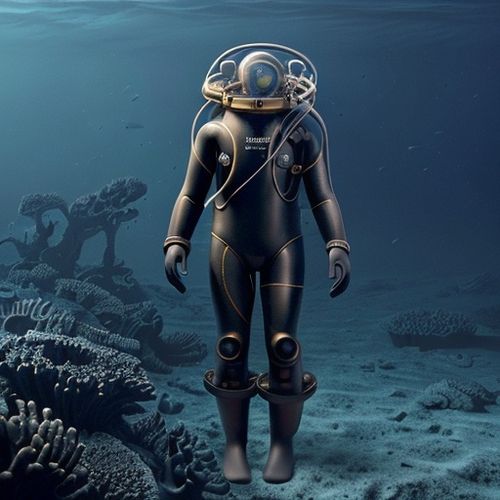
By Elizabeth Taylor/Apr 27, 2025

By Samuel Cooper/Apr 27, 2025

By John Smith/Apr 27, 2025
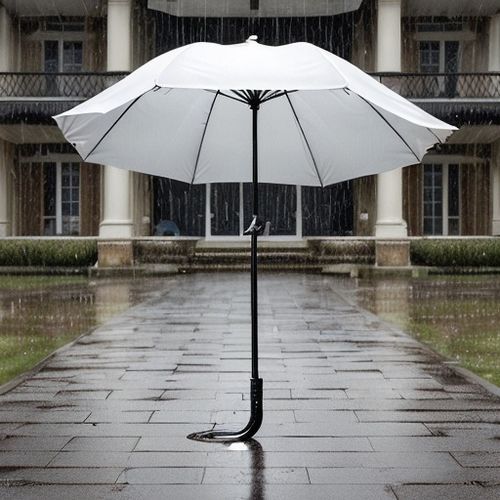
By Daniel Scott/Apr 27, 2025
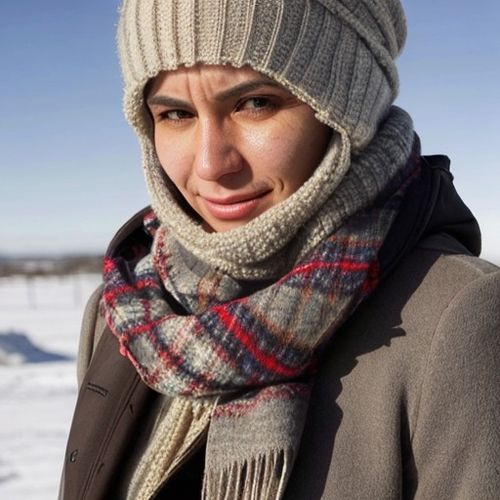
By Amanda Phillips/Apr 27, 2025

By Amanda Phillips/Apr 27, 2025

By Elizabeth Taylor/Apr 27, 2025
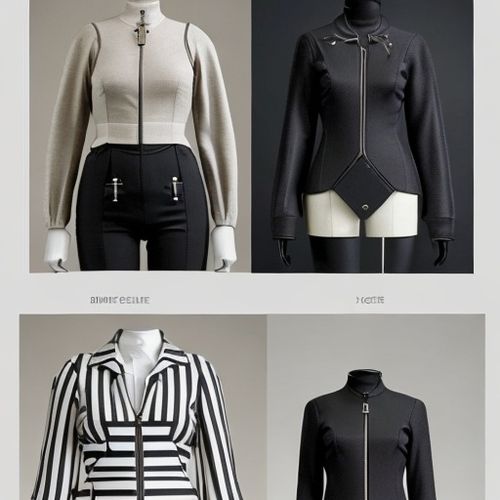
By Thomas Roberts/Apr 27, 2025

By Victoria Gonzalez/Apr 27, 2025

By David Anderson/Apr 27, 2025

By Emma Thompson/Apr 27, 2025
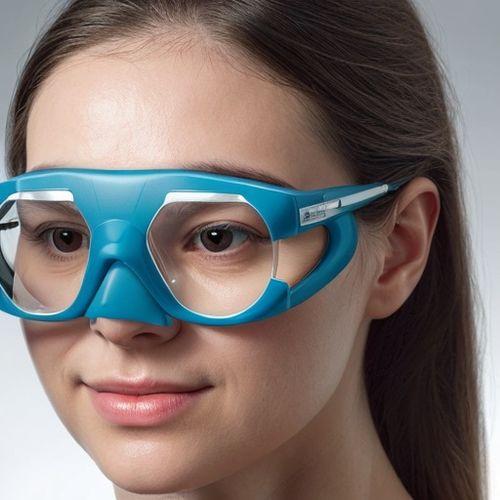
By Daniel Scott/Apr 27, 2025